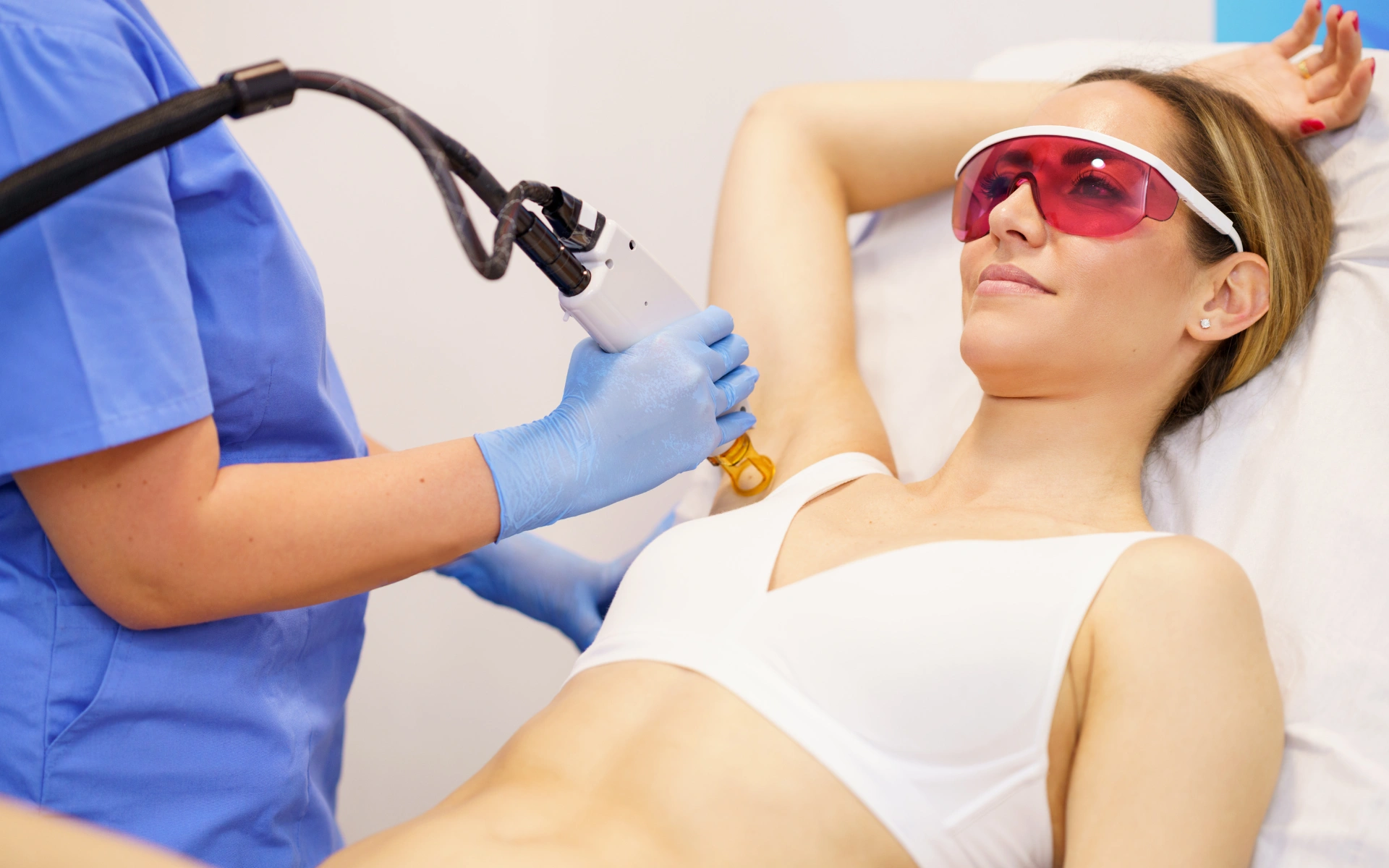Why Us? Made just for you
Why Us?
 Instant access without downloads
Instant access without downloads
 HIPAA-Compliant
HIPAA-Compliant
 Easy Navigation
Easy Navigation
 Multilingual Support
Multilingual Support
 Video Recording Capabilities
Video Recording Capabilities
 Open 7 Days a Week
Open 7 Days a Week
 Affordable Solutions
Affordable Solutions
 On-Demand Access
On-Demand Access
 Instant access without downloads
Instant access without downloads
 HIPAA-Compliant
HIPAA-Compliant
 Easy Navigation
Easy Navigation
 Multilingual Support
Multilingual Support
 Video Recording Capabilities
Video Recording Capabilities
 Open 7 Days a Week
Open 7 Days a Week
 Affordable Solutions
Affordable Solutions
 On-Demand Access
On-Demand Access
 Instant access without downloads
Instant access without downloads
 HIPAA-Compliant
HIPAA-Compliant
 Easy Navigation
Easy Navigation
 Multilingual Support
Multilingual Support
 Video Recording Capabilities
Video Recording Capabilities
 Open 7 Days a Week
Open 7 Days a Week
 Affordable Solutions
Affordable Solutions
 On-Demand Access
On-Demand Access
 Instant access without downloads
Instant access without downloads
 HIPAA-Compliant
HIPAA-Compliant
 Easy Navigation
Easy Navigation
 Multilingual Support
Multilingual Support
 Video Recording Capabilities
Video Recording Capabilities
 Open 7 Days a Week
Open 7 Days a Week
 Affordable Solutions
Affordable Solutions
 On-Demand Access
On-Demand Access
 Instant access without downloads
Instant access without downloads
 HIPAA-Compliant
HIPAA-Compliant
 Easy Navigation
Easy Navigation
 Multilingual Support
Multilingual Support
 Video Recording Capabilities
Video Recording Capabilities
 Open 7 Days a Week
Open 7 Days a Week
 Affordable Solutions
Affordable Solutions
 On-Demand Access
On-Demand Access
 Instant access without downloads
Instant access without downloads
 HIPAA-Compliant
HIPAA-Compliant
 Easy Navigation
Easy Navigation
 Multilingual Support
Multilingual Support
 Video Recording Capabilities
Video Recording Capabilities
 Open 7 Days a Week
Open 7 Days a Week
 Affordable Solutions
Affordable Solutions
 On-Demand Access
On-Demand Access
 Instant access without downloads
Instant access without downloads
 HIPAA-Compliant
HIPAA-Compliant
 Easy Navigation
Easy Navigation
 Multilingual Support
Multilingual Support
 Video Recording Capabilities
Video Recording Capabilities
 Open 7 Days a Week
Open 7 Days a Week
 Affordable Solutions
Affordable Solutions
 On-Demand Access
On-Demand Access
 Instant access without downloads
Instant access without downloads
 HIPAA-Compliant
HIPAA-Compliant
 Easy Navigation
Easy Navigation
 Multilingual Support
Multilingual Support
 Video Recording Capabilities
Video Recording Capabilities
 Open 7 Days a Week
Open 7 Days a Week
 Affordable Solutions
Affordable Solutions
 On-Demand Access
On-Demand Access
 Instant access without downloads
Instant access without downloads
 HIPAA-Compliant
HIPAA-Compliant
 Easy Navigation
Easy Navigation
 Multilingual Support
Multilingual Support
 Video Recording Capabilities
Video Recording Capabilities
 Open 7 Days a Week
Open 7 Days a Week
 Affordable Solutions
Affordable Solutions
 On-Demand Access
On-Demand Access
 Instant access without downloads
Instant access without downloads
 HIPAA-Compliant
HIPAA-Compliant
 Easy Navigation
Easy Navigation
 Multilingual Support
Multilingual Support
 Video Recording Capabilities
Video Recording Capabilities
 Open 7 Days a Week
Open 7 Days a Week
 Affordable Solutions
Affordable Solutions
 On-Demand Access
On-Demand Access
 Instant access without downloads
Instant access without downloads
 HIPAA-Compliant
HIPAA-Compliant
 Easy Navigation
Easy Navigation
 Multilingual Support
Multilingual Support
 Video Recording Capabilities
Video Recording Capabilities
 Open 7 Days a Week
Open 7 Days a Week
 Affordable Solutions
Affordable Solutions
 On-Demand Access
On-Demand Access
 Instant access without downloads
Instant access without downloads
 HIPAA-Compliant
HIPAA-Compliant
 Easy Navigation
Easy Navigation
 Multilingual Support
Multilingual Support
 Video Recording Capabilities
Video Recording Capabilities
 Open 7 Days a Week
Open 7 Days a Week
 Affordable Solutions
Affordable Solutions
 On-Demand Access
On-Demand Access
 Instant access without downloads
Instant access without downloads
 HIPAA-Compliant
HIPAA-Compliant
 Easy Navigation
Easy Navigation
 Multilingual Support
Multilingual Support
 Video Recording Capabilities
Video Recording Capabilities
 Open 7 Days a Week
Open 7 Days a Week
 Affordable Solutions
Affordable Solutions
 On-Demand Access
On-Demand Access
 Instant access without downloads
Instant access without downloads
 HIPAA-Compliant
HIPAA-Compliant
 Easy Navigation
Easy Navigation
 Multilingual Support
Multilingual Support
 Video Recording Capabilities
Video Recording Capabilities
 Open 7 Days a Week
Open 7 Days a Week
 Affordable Solutions
Affordable Solutions
 On-Demand Access
On-Demand Access
 Instant access without downloads
Instant access without downloads
 HIPAA-Compliant
HIPAA-Compliant
 Easy Navigation
Easy Navigation
 Multilingual Support
Multilingual Support
 Video Recording Capabilities
Video Recording Capabilities
 Open 7 Days a Week
Open 7 Days a Week
 Affordable Solutions
Affordable Solutions
 On-Demand Access
On-Demand Access
 Instant access without downloads
Instant access without downloads
 HIPAA-Compliant
HIPAA-Compliant
 Easy Navigation
Easy Navigation
 Multilingual Support
Multilingual Support
 Video Recording Capabilities
Video Recording Capabilities
 Open 7 Days a Week
Open 7 Days a Week
 Affordable Solutions
Affordable Solutions
 On-Demand Access
On-Demand Access
 Instant access without downloads
Instant access without downloads
 HIPAA-Compliant
HIPAA-Compliant
 Easy Navigation
Easy Navigation
 Multilingual Support
Multilingual Support
 Video Recording Capabilities
Video Recording Capabilities
 Open 7 Days a Week
Open 7 Days a Week
 Affordable Solutions
Affordable Solutions
 On-Demand Access
On-Demand Access
 Instant access without downloads
Instant access without downloads
 HIPAA-Compliant
HIPAA-Compliant
 Easy Navigation
Easy Navigation
 Multilingual Support
Multilingual Support
 Video Recording Capabilities
Video Recording Capabilities
 Open 7 Days a Week
Open 7 Days a Week
 Affordable Solutions
Affordable Solutions
 On-Demand Access
On-Demand Access
 Instant access without downloads
Instant access without downloads
 HIPAA-Compliant
HIPAA-Compliant
 Easy Navigation
Easy Navigation
 Multilingual Support
Multilingual Support
 Video Recording Capabilities
Video Recording Capabilities
 Open 7 Days a Week
Open 7 Days a Week
 Affordable Solutions
Affordable Solutions
 On-Demand Access
On-Demand Access
 Instant access without downloads
Instant access without downloads
 HIPAA-Compliant
HIPAA-Compliant
 Easy Navigation
Easy Navigation
 Multilingual Support
Multilingual Support
 Video Recording Capabilities
Video Recording Capabilities
 Open 7 Days a Week
Open 7 Days a Week
 Affordable Solutions
Affordable Solutions
 On-Demand Access
On-Demand Access
 Instant access without downloads
Instant access without downloads
 HIPAA-Compliant
HIPAA-Compliant
 Easy Navigation
Easy Navigation
 Multilingual Support
Multilingual Support
 Video Recording Capabilities
Video Recording Capabilities
 Open 7 Days a Week
Open 7 Days a Week
 Affordable Solutions
Affordable Solutions
 On-Demand Access
On-Demand Access
 Instant access without downloads
Instant access without downloads
 HIPAA-Compliant
HIPAA-Compliant
 Easy Navigation
Easy Navigation
 Multilingual Support
Multilingual Support
 Video Recording Capabilities
Video Recording Capabilities
 Open 7 Days a Week
Open 7 Days a Week
 Affordable Solutions
Affordable Solutions
 On-Demand Access
On-Demand Access
 Instant access without downloads
Instant access without downloads
 HIPAA-Compliant
HIPAA-Compliant
 Easy Navigation
Easy Navigation
 Multilingual Support
Multilingual Support
 Video Recording Capabilities
Video Recording Capabilities
 Open 7 Days a Week
Open 7 Days a Week
 Affordable Solutions
Affordable Solutions
 On-Demand Access
On-Demand Access
 Instant access without downloads
Instant access without downloads
 HIPAA-Compliant
HIPAA-Compliant
 Easy Navigation
Easy Navigation
 Multilingual Support
Multilingual Support
 Video Recording Capabilities
Video Recording Capabilities
 Open 7 Days a Week
Open 7 Days a Week
 Affordable Solutions
Affordable Solutions
 On-Demand Access
On-Demand Access
 Instant access without downloads
Instant access without downloads
 HIPAA-Compliant
HIPAA-Compliant
 Easy Navigation
Easy Navigation
 Multilingual Support
Multilingual Support
 Video Recording Capabilities
Video Recording Capabilities
 Open 7 Days a Week
Open 7 Days a Week
 Affordable Solutions
Affordable Solutions
 On-Demand Access
On-Demand Access
 Instant access without downloads
Instant access without downloads
 HIPAA-Compliant
HIPAA-Compliant
 Easy Navigation
Easy Navigation
 Multilingual Support
Multilingual Support
 Video Recording Capabilities
Video Recording Capabilities
 Open 7 Days a Week
Open 7 Days a Week
 Affordable Solutions
Affordable Solutions
 On-Demand Access
On-Demand Access
 Instant access without downloads
Instant access without downloads
 HIPAA-Compliant
HIPAA-Compliant
 Easy Navigation
Easy Navigation
 Multilingual Support
Multilingual Support
 Video Recording Capabilities
Video Recording Capabilities
 Open 7 Days a Week
Open 7 Days a Week
 Affordable Solutions
Affordable Solutions
 On-Demand Access
On-Demand Access
 Instant access without downloads
Instant access without downloads
 HIPAA-Compliant
HIPAA-Compliant
 Easy Navigation
Easy Navigation
 Multilingual Support
Multilingual Support
 Video Recording Capabilities
Video Recording Capabilities
 Open 7 Days a Week
Open 7 Days a Week
 Affordable Solutions
Affordable Solutions
 On-Demand Access
On-Demand Access
 Instant access without downloads
Instant access without downloads
 HIPAA-Compliant
HIPAA-Compliant
 Easy Navigation
Easy Navigation
 Multilingual Support
Multilingual Support
 Video Recording Capabilities
Video Recording Capabilities
 Open 7 Days a Week
Open 7 Days a Week
 Affordable Solutions
Affordable Solutions
 On-Demand Access
On-Demand Access
 Instant access without downloads
Instant access without downloads
 HIPAA-Compliant
HIPAA-Compliant
 Easy Navigation
Easy Navigation
 Multilingual Support
Multilingual Support
 Video Recording Capabilities
Video Recording Capabilities
 Open 7 Days a Week
Open 7 Days a Week
 Affordable Solutions
Affordable Solutions
 On-Demand Access
On-Demand Access
 Instant access without downloads
Instant access without downloads
 HIPAA-Compliant
HIPAA-Compliant
 Easy Navigation
Easy Navigation
 Multilingual Support
Multilingual Support
 Video Recording Capabilities
Video Recording Capabilities
 Open 7 Days a Week
Open 7 Days a Week
 Affordable Solutions
Affordable Solutions
 On-Demand Access
On-Demand Access








